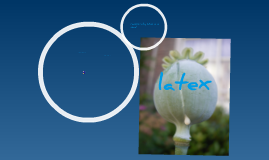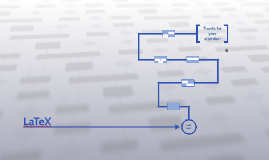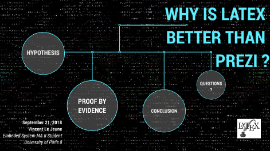latex
Transcript: LATEX AS AN ENDOCRIN DISTRUPTOR ECE ŞEN ONUR FİDAN İREM SAYIN WHAT IS LATEX? WHAT ARE THE SOURCES OF EXPOSURE? INTRODUCTION Latex is a natural substance produced by certain plants. It's a milky fluid found in over 20,000 plant species, but commercially, it's primarily obtained from the rubber tree, scientifically known as Hevea brasiliensis. Latex serves as a protective fluid that flows within the plant's vessels and plays a role in sealing wounds and protecting against pathogens. Sources of Latex: Rubber Trees (Hevea brasiliensis): The primary commercial source of latex. The milky latex is harvested by making incisions in the bark, allowing the fluid to flow and be collected. Other Plants: Besides rubber trees, various other plants produce latex, though their commercial significance is lower. Examples include dandelions, certain figs, and euphorbias. Healthcare and Medical Industry Importance in Various Industries Latex is extensively used in medical devices and equipment, such as gloves, catheters, syringes, and medical tubing due to its elasticity, durability, and barrier properties. However, latex allergy is a concern in healthcare settings. Manufacturing and Industry: Latex is employed in manufacturing various products like balloons, rubber bands, adhesives, and sealants. Its flexibility and resilience make it valuable in these applications. Manufacturing and Industry Consumer Goods: Latex finds its way into everyday items such as mattresses, footwear, sports equipment (like balls and grips), and clothing (elastic waistbands, gloves, etc.). Consumer Goods Automotive Sector: It's used in the production of certain parts like seals, gaskets, and hoses due to its resistance to heat and chemicals. Automotive Sector Construction: Latex-based products like paint, caulks, and sealants are utilized in construction due to their adhesive properties and durability. Construction COMPONENTS OF LATEX Chemicals Present in Latex: Proteins: Latex proteins are a significant component and can trigger allergic reactions in some individuals. These proteins, like Hevein and other enzymes, are known allergens. Lipids and Fatty Acids: These components contribute to the elasticity and flexibility of latex. Carbohydrates: Sugars and starches found in latex play a role in the composition of the material. ENDOCRINE DISTRUPTOR CHEMICALS IN LATEX Phthalates: Some latex products may contain phthalates, chemicals used to soften and increase flexibility. Phthalates have been linked to hormone disruption, particularly affecting reproductive health and development. Bisphenol-A (BPA): While more commonly associated with plastics, BPA might also be present in latex products used in certain manufacturing processes. BPA is known to mimic estrogen and has been connected to hormonal imbalances. Dithiocarbamates: Used in the production of rubber, including latex products, dithiocarbamates have shown potential endocrine-disrupting effects, particularly affecting the thyroid gland. EFFECTS ON HUMAN HEALTH Mechanism of Endocrine Disruption by Latex Chemicals: Mimicking Hormones: Some chemicals found in latex, like phthalates or BPA, have structural similarities to hormones in the body. When these chemicals are absorbed or ingested, they can mimic the actions of hormones like estrogen or thyroid hormones. This mimicry can confuse the body's signaling pathways, leading to dysregulation of hormone function. Blocking Hormone Receptors: Other endocrine-disrupting compounds in latex might interfere with hormone receptors. By binding to these receptors, they can block the normal function of hormones, preventing them from exerting their effects properly. Impact on the Endocrine System: Impact on the Endocrine System: 1. Reproductive Health: Endocrine disruptors in latex have been associated with adverse effects on reproductive health, affecting fertility, fetal development, and reproductive organs. Phthalates, for instance, have been linked to disruptions in male reproductive health by affecting sperm quality and quantity. 2. Developmental Effects: Exposure to endocrine disruptors during critical developmental stages can lead to lasting impacts. BPA, for example, has been linked to developmental abnormalities and behavioral changes in animal studies, raising concerns about its effects on human development. 3. Thyroid Disruption: Certain chemicals found in latex have been implicated in thyroid hormone disruption. Dithiocarbamates, for instance, have shown potential to interfere with the normal functioning of the thyroid gland, which regulates metabolism and growth. Reproductive Health Effects: 1.Fertility Issues: Exposure to endocrine disruptors in latex has been associated with decreased fertility in both men and women. For instance, phthalates, found in some latex products, have been linked to reduced sperm quality and hormone imbalances in men, potentially affecting fertility. 2.Hormonal Imbalances: Endocrine disruptors can alter hormone levels, General

















